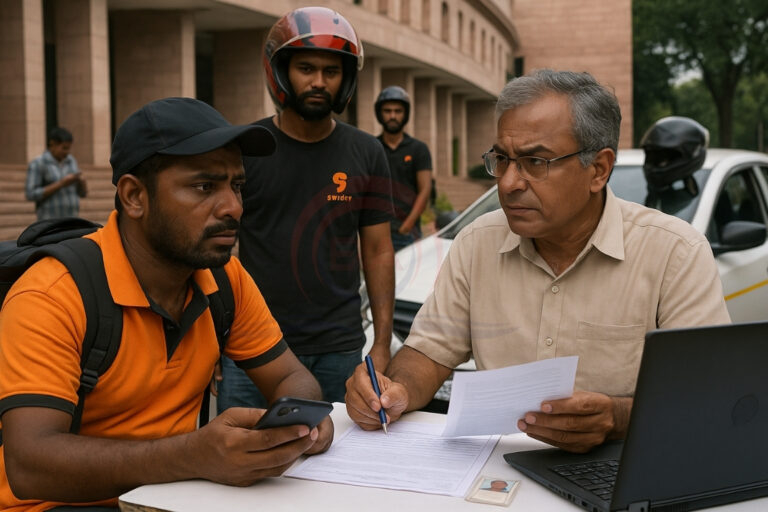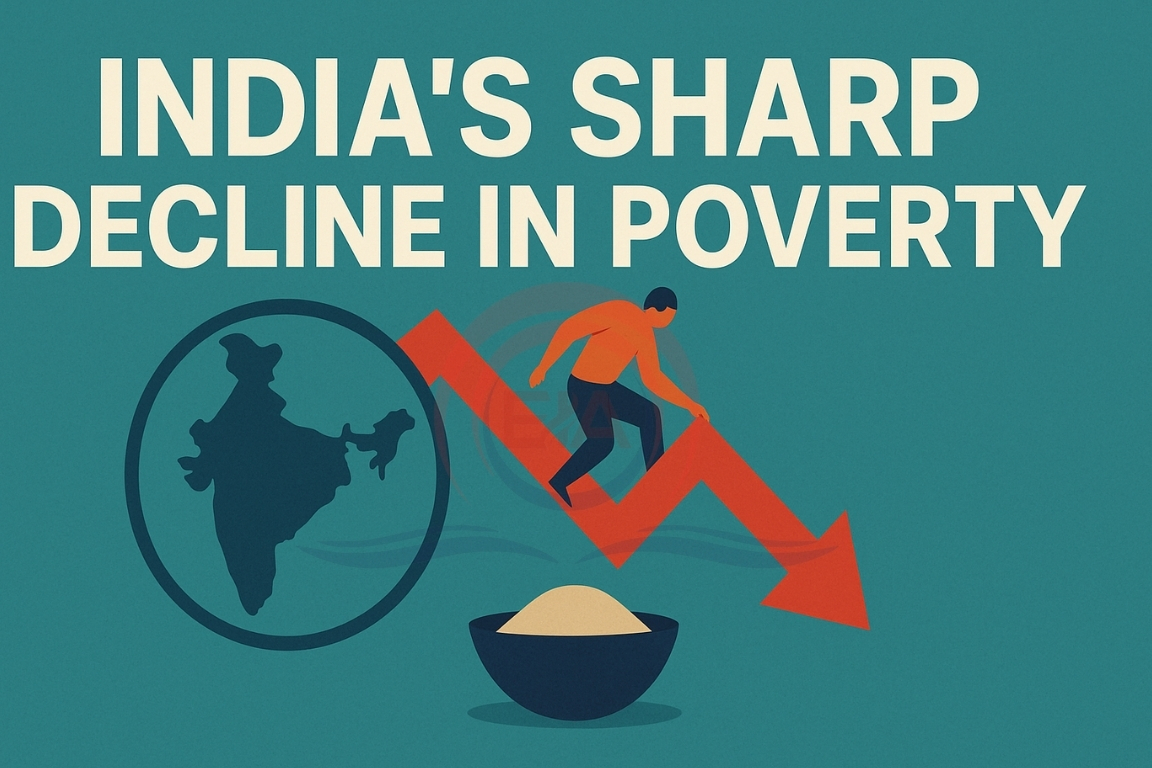Despite rising numbers of gig and platform workers in India, the government’s main labour survey, the PLFS, still lacks a clear classification for them. This gap makes it hard to design targeted welfare schemes or track the nature of gig work in the economy.
Who are gig workers?
- Gig workers, such as delivery personnel and ride-hailing drivers, are becoming a major part of India’s workforce.
- Though legally recognised under the Code on Social Security, 2020, their are not captured in national labour surveys like the PLFS, affecting policymaking and social protections.
How PLFS Fails to Track Gig Work:
- The Periodic Labour Force Survey (PLFS) includes gig work under broad terms like ‘self-employed’ or ‘casual labour’.
- It does not define or separately list gig and platform work, even though it falls under economic activity.
- Gig workers often:
- Work without contracts
- Use multiple apps (like Swiggy, Zomato)
- Are paid per task, not by time
- Rely on algorithms rather than human supervision
- These unique job traits are not visible in current PLFS categories, making gig work invisible in official data.

Legal Recognition of Gig Workers:
- The Code on Social Security, 2020 defines:
- Gig worker: Person earning outside traditional employer-employee relationship.
- Platform worker: One working via digital platforms for services or problem-solving.
- Section 141 provides for a Social Security Fund for gig and unorganised workers.
- National Social Security Board was set up to design schemes for their welfare.
Challenges Due to Lack of Clear Data:
- Policymakers rely on PLFS data for designing welfare schemes, but missing classification leads to:
- Unequal access to schemes
- Poor targeting of benefits
- Inadequate support systems
- Employment conditions (like no job stability, income insecurity, no safety net) are ignored in data.
Recent Government Actions and Gaps:
- e-Shram Portal, Digital ID cards, Health Insurance (Ayushman Bharat) show efforts to include gig workers.
- PLFS revision in 2025 added more sample size and rural data, but still doesn’t fix gig worker classification
Conclusion:
India needs to update PLFS categories to reflect the realities of gig work. Without clear recognition in data, even well-meaning welfare schemes will fail to reach this growing section of the workforce. Recognising gig work in surveys is essential for fair and inclusive policymaking.





